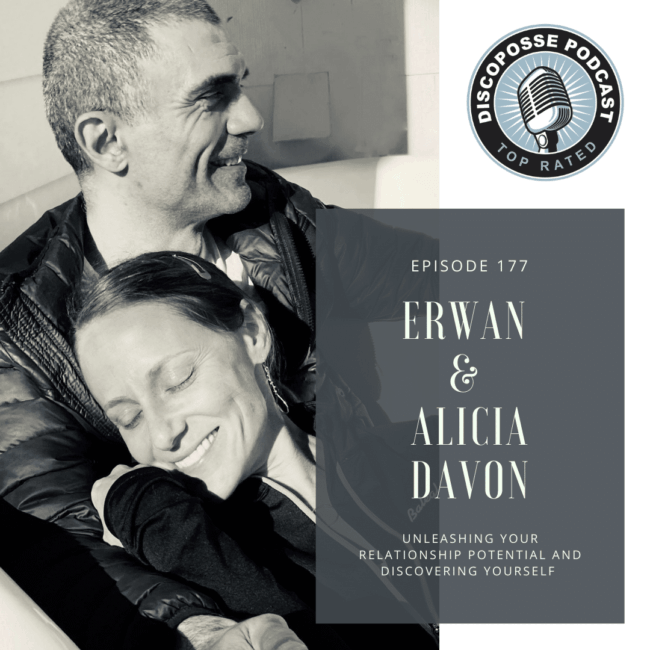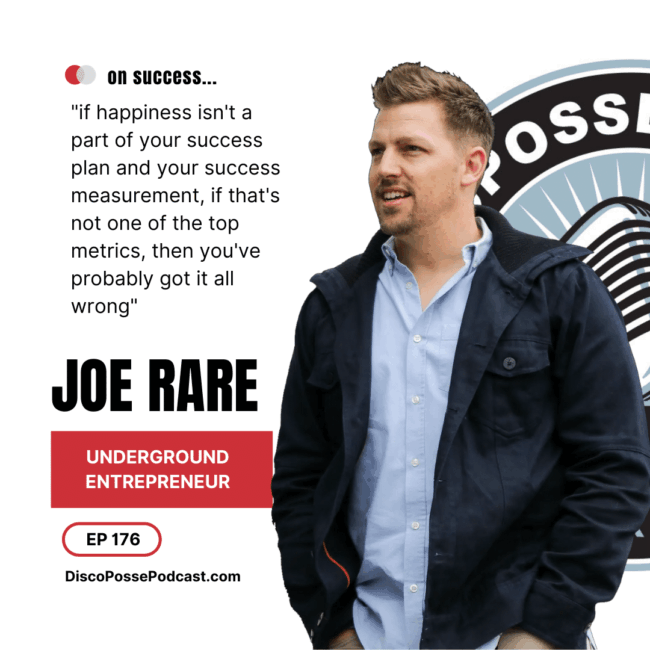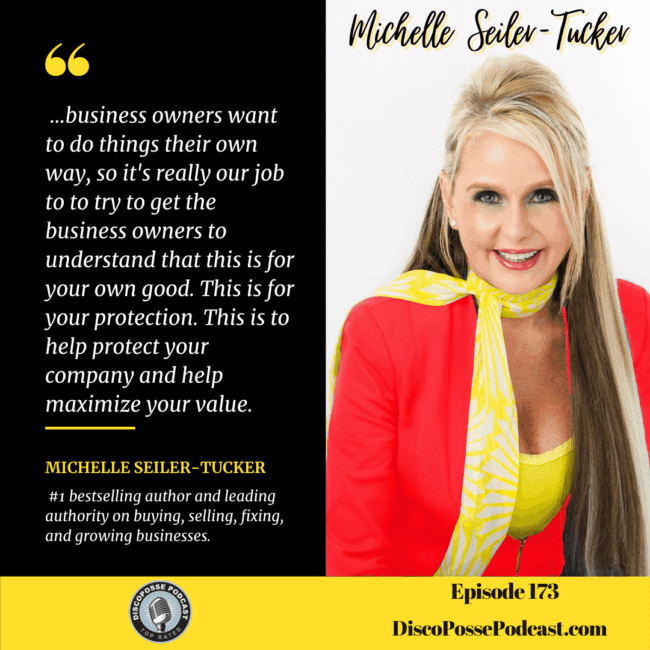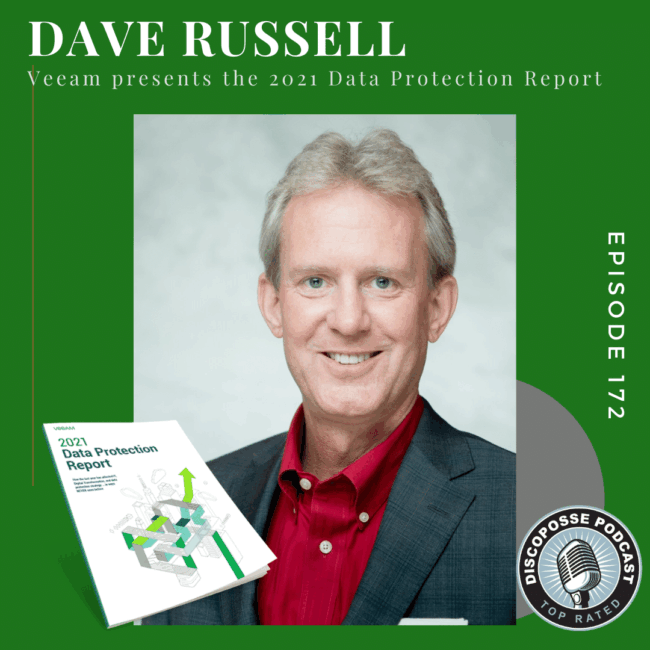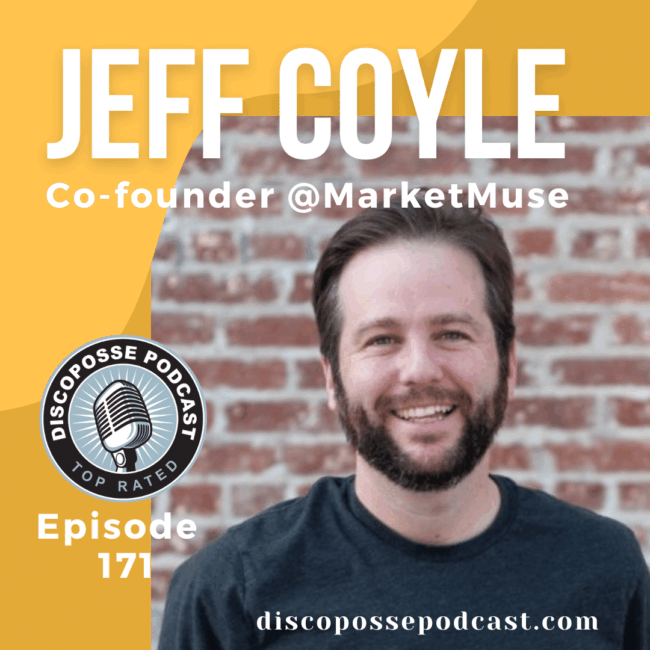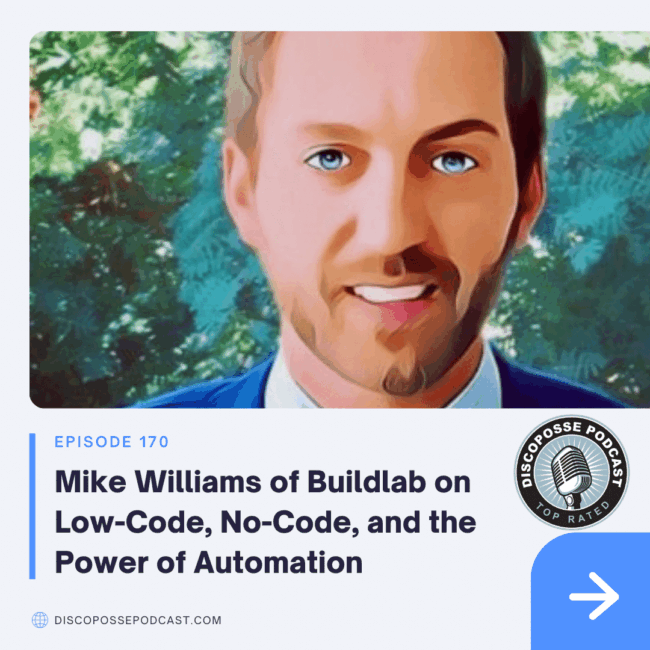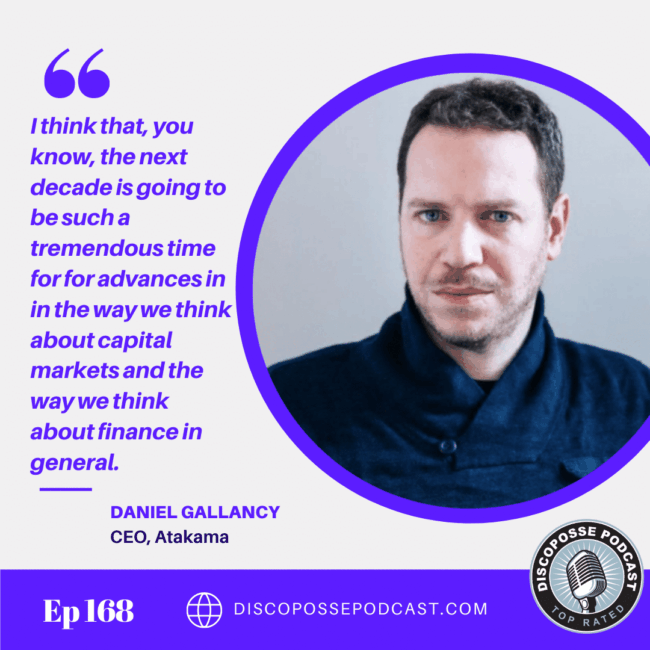Ep 177 Erwan and Alicia Davon on Secrets to Strong Relationships and Discovering the Best in Yourself and Each Other
Erwan and Alicia Davon have taught over 10,000 singles and couples how to have exceptional romantic relationships over the last 25 years. Erwan is the founder, senior teacher and president of San Francisco based Erwan Davon Teachings. We discuss the importance of understanding yourself and your partner and some of the most important challenges we…

